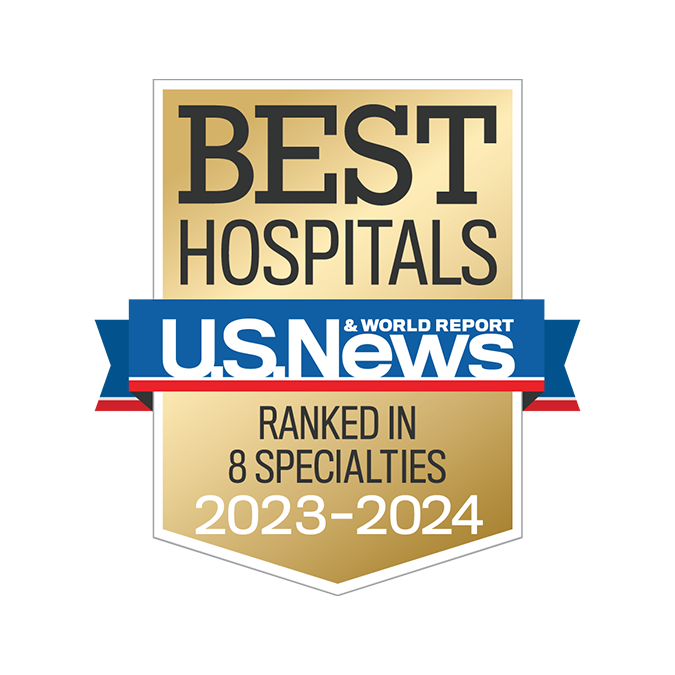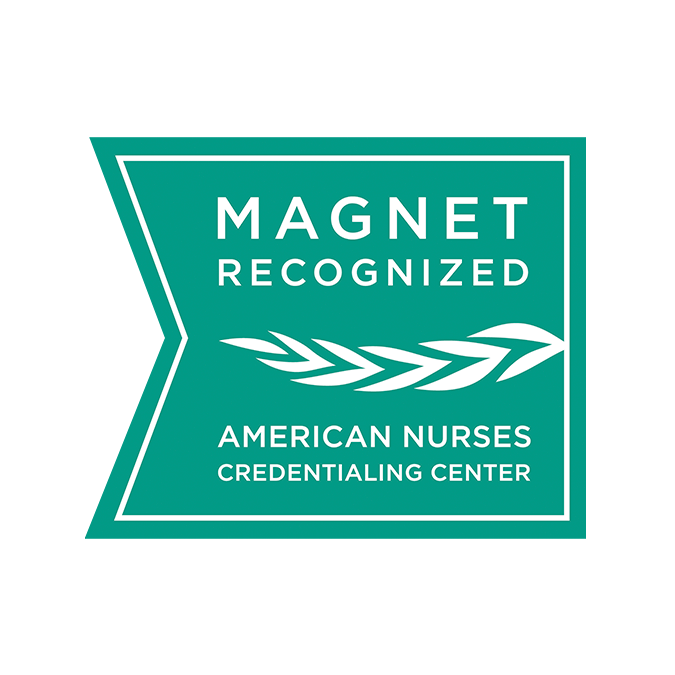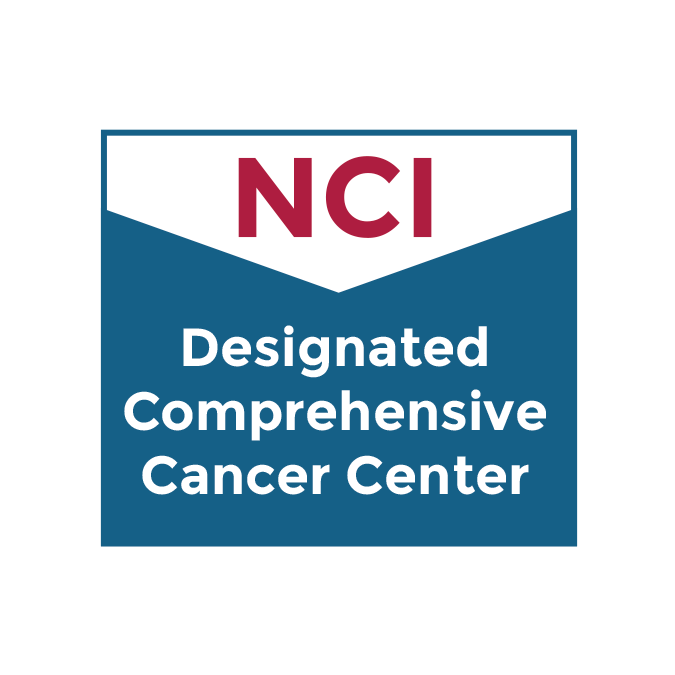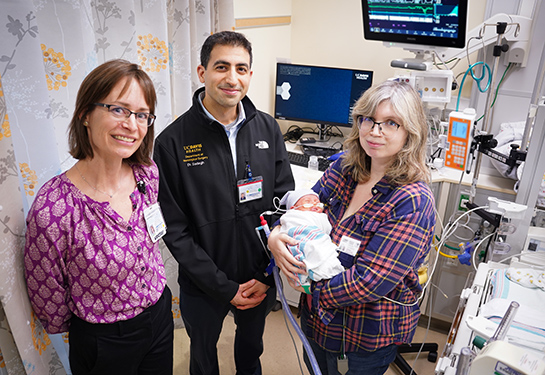Diagnostic and Medical Imaging
Our world-class imaging and therapeutic procedures ensure you receive the highest quality, timely care.
Medically reviewed by Elizabeth Morris, M.D. on Aug. 30, 2023.

Pioneers in Imaging Technology and Procedures
Our specialists have led the development of new imaging instruments and approaches to diagnosing and treating patients. The UC Davis Health Department of Radiology faculty and research teams lead the field in innovations that detect health conditions early.
Our Difference
High-Performance Diagnostic Equipment
We stay at the forefront of imaging technology by developing equipment like high-performance CT scanners. We also created the world’s first full-body PET scanner.
Personalized Imaging and Therapeutic Services
We take a personalized approach to your care, tailoring treatments and exams to your needs. Our team supports you all the way through your test or procedure.
Renowned Research
Our team works with researchers around the globe to improve imaging technology and procedures. We receive extensive research funding from nonprofit organizations and the National Institutes of Health.
Diagnostic and Medical Imaging Specialties
Diagnostic and medical imaging helps health providers see inside your body. We use imaging to examine how your body’s systems function and to check for possible disorders.
At UC Davis Health, we offer routine imaging screenings, advanced diagnostic studies and interventional radiology procedures. Physicians across Northern California refer their patients to our imaging centers.
Our Specialty Areas:
Abdominal Imaging
Our team uses state-of-the-art technology to examine and diagnose abdominal and pelvic disorders. Our interventional radiologists use advanced imaging guidance to perform minimally invasive procedures like biopsies.
Breast Radiology
We offer the latest 2D and 3D mammograms for breast cancer screenings. We also provide diagnostic imaging using breast MRI and breast ultrasound technology.
Cardiothoracic Radiology
Our fellowship-trained cardiac and thoracic imagers diagnose chest disorders using CT, MRI, and radiographs. We evaluate conditions that affect your blood vessels, lungs, and heart.
Musculoskeletal Radiology
Our musculoskeletal experts provide imaging and diagnosis of injuries, arthritis, orthopaedic hardware and other concerns. We work closely with specialists in orthopaedics, rehabilitation medicine, cancer and primary care.
Neuroradiology and Interventional Neuroradiology
Our neuroradiology imaging services help identify conditions that affect your central nervous system. This includes your brain, ears, eyes, nose, throat, and spine.
Nuclear Medicine
In nuclear medicine, we put a small amount of radioactive material into your body. The material can tell us how your organs and tissue function. It can also seek out and destroy cancer cells in your body.
Pediatric Radiology
Our caring pediatric radiologists take special care of your child. We use the lowest possible radiation in our imaging exams. We make sure you and your child feel comfortable and supported.
Vascular and Interventional Radiology
We perform minimally invasive procedures guided by medical imaging. These procedures require a tiny incision and can remove blood clots and gallstones, destroy tumors, and provide other treatments. You’ll have a much faster recovery than traditional surgery.
Types of Diagnostic and Medical Imaging
We use different types of imaging to identify specific conditions or to examine certain parts of your body. Imaging tests are usually painless. Sometimes, you’ll need to drink a substance or receive an injection before the scan. You may have to lie still for a long period of time, which can be uncomfortable.
Imaging types include:
CT Scans
During a CT (computed tomography) scan, you lie on a table and X-ray equipment takes pictures of your body. Some CT scans use contrast dye to highlight areas inside your body. You may receive contrast dye in a drink, through an injection, or with an enema.
Fluoroscopy
Fluoroscopy makes moving X-ray videos of your bones, tissues, and organs. You may also get an injectable contrast dye. We use fluoroscopy to diagnose heart and gastrointestinal conditions. We also view these medical images while performing certain orthopaedic surgeries and procedures.
MRI
An MRI (magnetic resonance imaging) exam looks inside your body using a magnet and radio waves. During an MRI, you lie still on a table that slides into a machine. We give you earplugs to wear during an MRI because the machine is noisy.
Nuclear Medicine Scans
We give you a small dose of radioactive material (called a radiotracer) during a nuclear medicine scan. You lie still on a table while a special camera takes images. The camera can detect how your body reacts to the radiotracer. We offer advanced positron emission tomography (PET) scans and single-photon emission CT (SPECT) scans.
Ultrasound
Ultrasound imaging uses sound waves to take pictures (sometimes called sonograms). Ultrasound tests monitor a baby’s growth during pregnancy. They also help identify conditions that affect your blood vessels, glands, and organs.
X-Ray
X-rays take pictures using electromagnetic waves. We use X-rays to check for bone fractures. They can also help us detect conditions like pneumonia and breast cancer.
Request an Appointment
As Sacramento's No. 1 hospital, you'll benefit from unique advantages in primary care and specialty care. This includes prevention, diagnosis and treatment options from experts in 150 specialties.
Referring Physicians
To refer a patient, submit an electronic referral form or call.
800-4-UCDAVIS
Patients
Call to make an appointment.
Consumer Resource Center
800-2-UCDAVIS

Ranked among the nation’s best hospitals
A U.S. News & World Report best hospital in cardiology, heart & vascular surgery, diabetes & endocrinology, ENT, geriatrics, neurology & neurosurgery, and pulmonology & lung surgery.

Ranked among the nation’s best children’s hospitals
U.S. News & World Report ranked UC Davis Children’s Hospital among the best in pediatric nephrology, orthopedics*, and pulmonology & lung surgery. (*Together with Shriners Children’s Northern California)

Ranked Sacramento’s #1 hospital
Ranked Sacramento’s #1 hospital by U.S. News, and high-performing in aortic valve surgery, back surgery (spinal fusion), COPD, colon cancer surgery, diabetes, gynecological cancer surgery, heart arrhythmia, heart failure, kidney failure, leukemia, lymphoma & myeloma, lung cancer surgery, pacemaker implantation, pneumonia, prostate cancer surgery, stroke, TAVR, cancer, orthopedics, gastroenterology & GI surgery, and urology.

The nation’s highest nursing honor
UC Davis Medical Center has received Magnet® recognition, the nation’s highest honor for nursing excellence.

World-class cancer care
One of ~59 U.S. cancer centers designated “comprehensive” by the National Cancer Institute.

A leader in health care equality
For the 13th consecutive year, UC Davis Medical Center has been recognized as an LGBTQ+ Healthcare Equality Leader by the educational arm of America’s largest civil rights organization.

